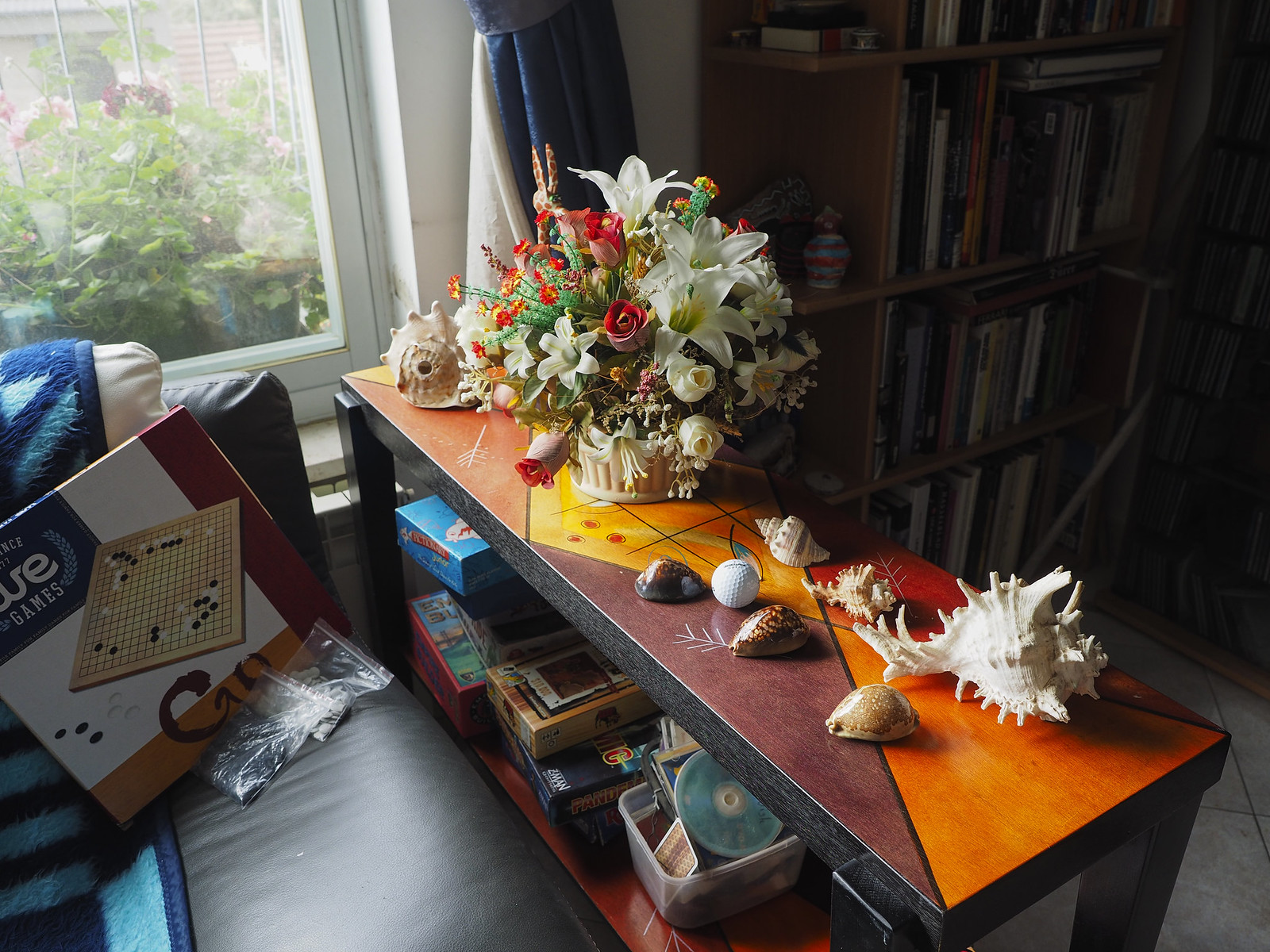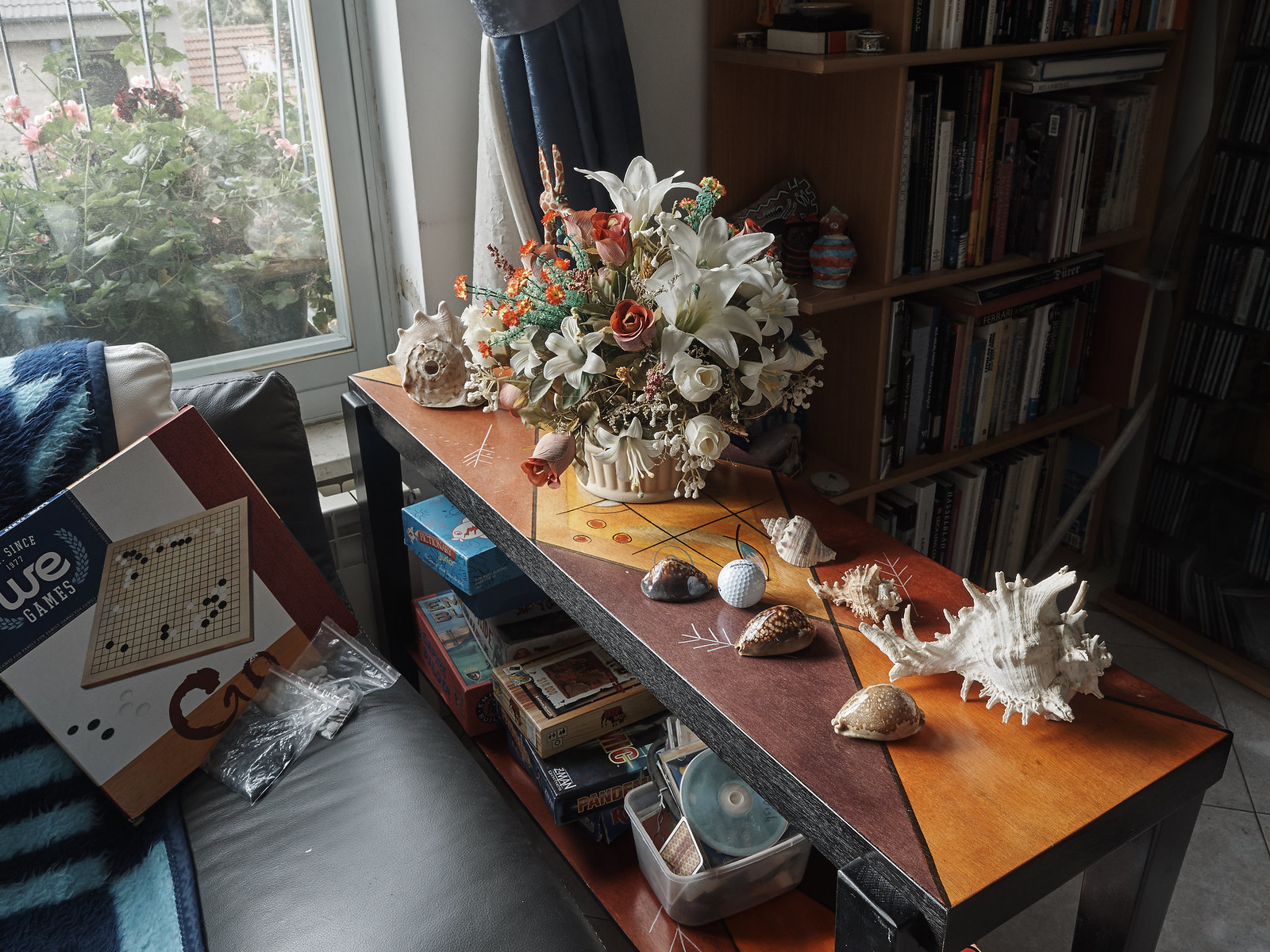Thanks Dave but that extract is for Focus Bracketing and not for Focus Stacking.
My crude attempt at focus stacking last night obliquely shooting the spines of books on a shelf and starting with the focus in the centre of the row/frame, demonstrated that the focus moves both further from and closer to the camera, and is automatically limited to eight shots (not enough to get a perfect result in that particular situation).
It
implies from the wording in your cut and paste for focus bracketing, that the focus moves successively FURTHER from the initial focus distance set; so to achieve the same result of having all the spines in focus using bracketing, the initial point of focus should be on the closest book and the focus point will move further away for each of the user chosen number of shots; I've not tried that.
But back to Stacking and my initial question which I'm having trouble putting into words:
I shot my row of book spines with a vertical 'film plane' so there was only one plane of focus to follow, but what if the camera was also pointing upwards or downwards as well as along the row, how would the camera know which of the two planes of focus it should choose (from top to bottom of the spines, or closest to furthest book)?
I also can't fathom out how the merging works (I can't fathom much out

),
looking at each of the eight individual frames that make up the stack, very few appear to have any point in focus at all!!!




